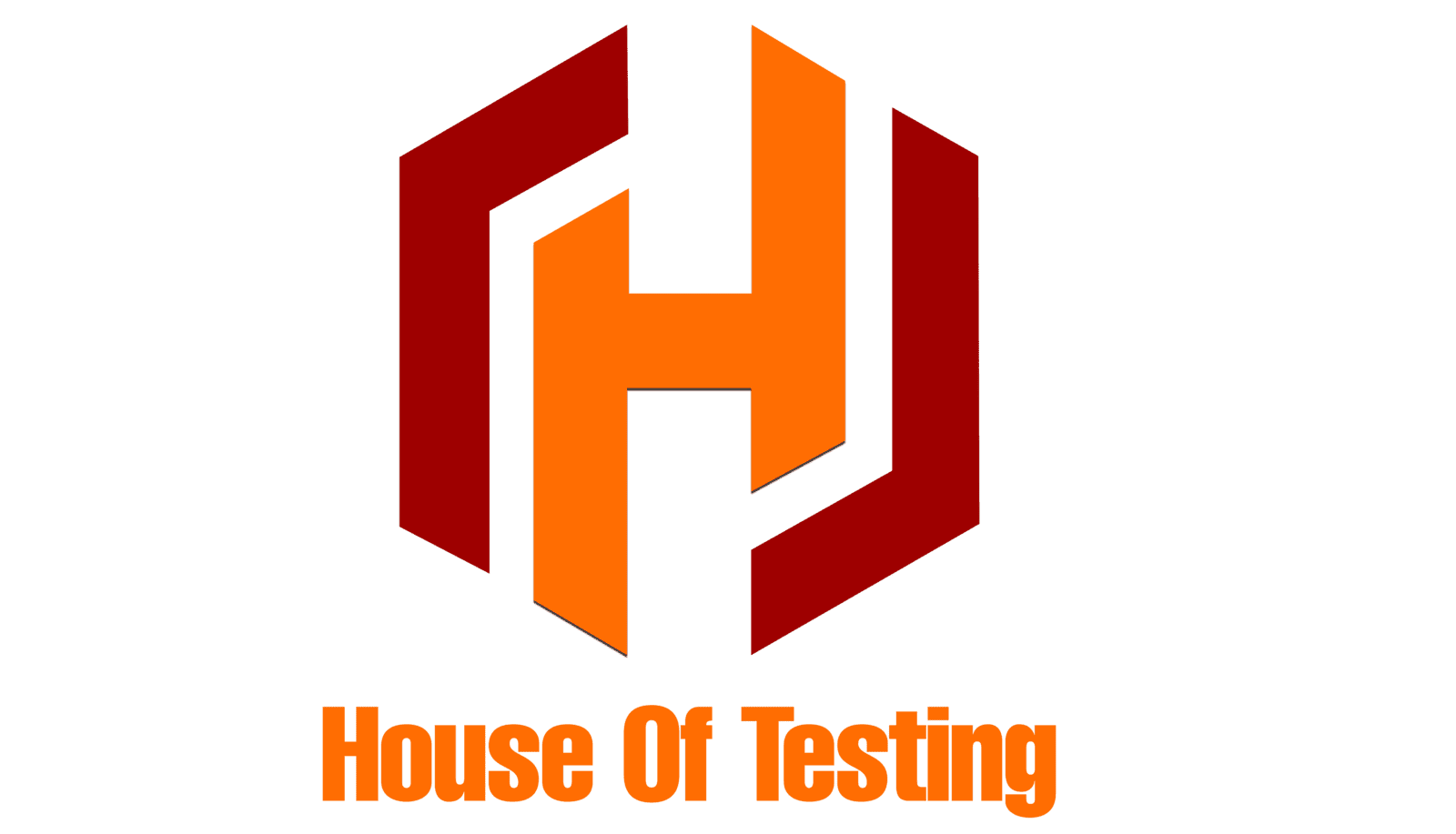Dynamic & Reliability Testing
Scopes & Testing
Dynamic & Reliability Testing
Dynamic & Reliability Testing
Dynamic testing and reliability testing are two important aspects of evaluating the performance and behavior of products, systems, or materials in real-world conditions. Let's look at each of these types of testing:
- 1) Dynamic Testing: Dynamic testing involves assessing how a product or system behaves under dynamic or varying conditions, such as different loads, vibrations, temperature changes, and other environmental factors. The goal is to understand how the product or system will respond and perform in real-world scenarios. Some common types of dynamic testing include:
- 2) Vibration Testing: Evaluating a product's response to vibrations and oscillations to ensure its stability and durability during transportation or operational conditions.
- 3) Shock Testing: Assessing a product's ability to withstand sudden impacts and shocks, which may occur during handling, shipping, or in specific applications.
- 4) Accelerated Life Testing (ALT): Subjecting a product or system to accelerated conditions (e.g., higher temperatures, increased stress) to predict its performance and reliability over an extended period.
- 5) Fatigue Testing: Analyzing how a product or material withstands repeated cycles of loading and unloading, simulating real-world conditions where fatigue failure may occur.
- 6) Environmental Testing: Exposing products or materials to various environmental conditions (e.g., temperature, humidity, salt spray) to assess their performance in different climates and environments.
- 7) Reliability Testing: Reliability testing aims to measure and predict the reliability and life expectancy of products or systems. It helps identify potential failure modes and assesses the probability of failure over time. The objective is to ensure that products meet their expected performance throughout their intended lifespan. Some common types of reliability testing include:
- 8) Life Testing: Monitoring the performance of a product over an extended period to determine its life expectancy and identify failure patterns.
- 9) Mean Time Between Failures (MTBF) Testing: Calculating the average time between failures for a product or system to estimate its reliability.
- 10) Highly Accelerated Life Testing (HALT): Subjecting a product to extreme stress conditions beyond its normal operating range to uncover potential weaknesses and failure points.
- 11) Reliability Growth Testing (RGT): Continuously improving a product's reliability through iterative testing and modifications based on identified failure modes.
- 12) Field Testing: Observing and analyzing a product's performance in real-world scenarios to validate its reliability and identify potential issues that may not be evident in lab testing.
Both dynamic testing and reliability testing are crucial for ensuring product quality, safety, and performance. They help manufacturers identify design flaws, improve product durability, and build trust with customers by delivering products that meet or exceed their expectations in real-world conditions. Additionally, these testing practices aid in meeting industry standards and regulatory requirements.
House of Testing lab helps Manufacturers to determine life cycle of their product and help simulate real life conditions over their products.
House of Testing lab is Equipped with Vibration shakers of 2500kgf with slip table of 600mm which can perform Random on Random (ROR) and Sine on Random (SOR) tests.





